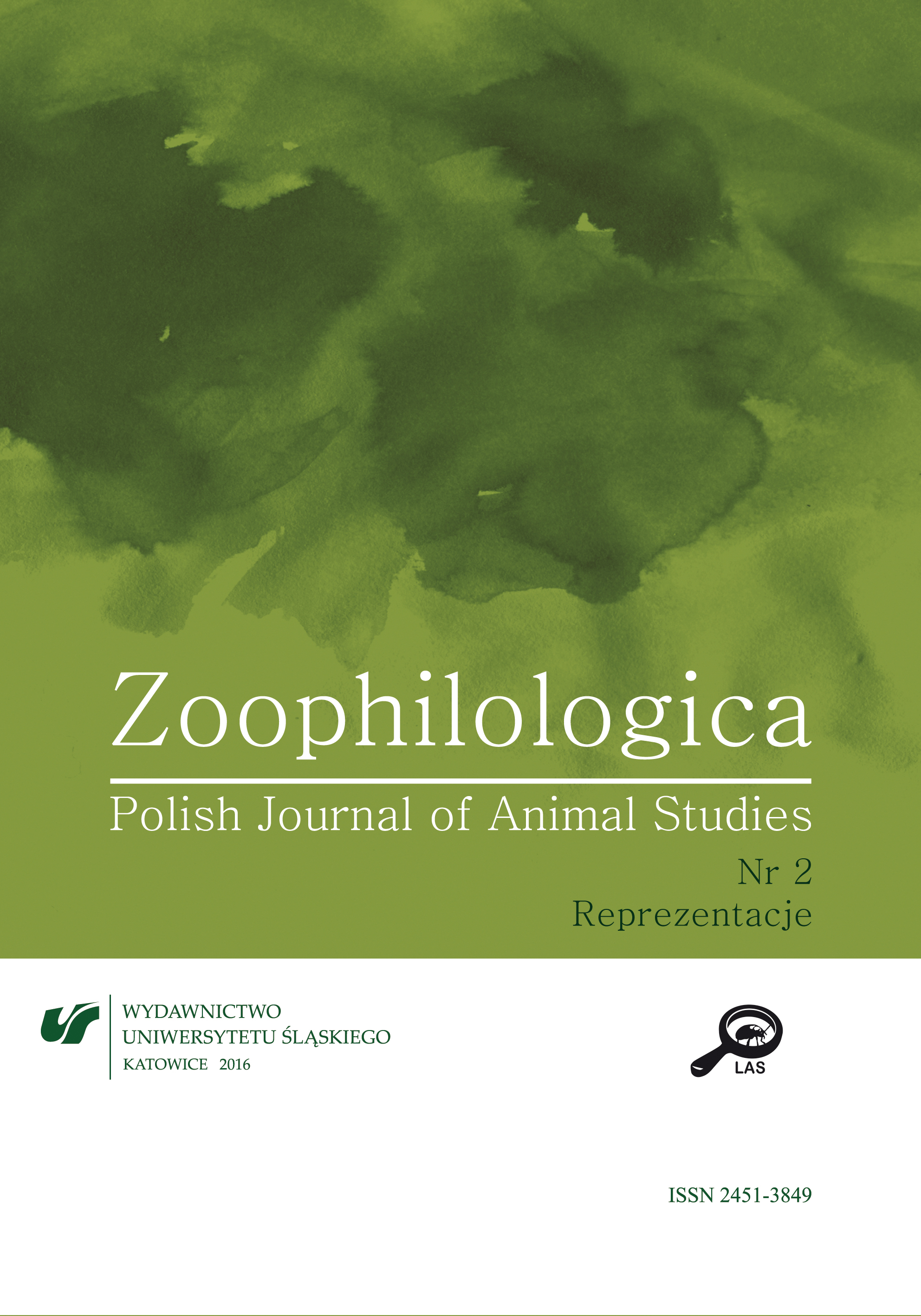„Ludzkie owady” i człowiek – o dalekiej bliskości życia w niedoli i wspaniałości
„Human insects” and man – on the distant closeness of living in misery and greatness
Author(s): Ireneusz GielataSubject(s): Language and Literature Studies, Studies of Literature, Comparative Study of Literature, German Literature, Theory of Literature
Published by: Wydawnictwo Uniwersytetu Śląskiego
Keywords: humans and insects; microscope; Jan Swammerdam; E.T.A. Hoffmann
Summary/Abstract: The author analyzes E.T.A. Hoffmann’s short story “Master Flea”, focusing mainly on the scene of the telescope duel between two biologists: Jan Swammerdam and Anton Leeuwenhoek. This scene triggers reflection on discovering the closeness between humans and insects – a closeness that became possible once man started to question the possibility of being different from animals. Even though Swammerdam equated human beings with insects, he never overcame the limitations of anatomic perception. It was only the generation of Romantics that discovered the similarity of fate between humans and insects – a similarity, as Maurice Maeterlinck called it, of “misery and greatness”. The author traces the evolution in the ways of perceiving insects and writing about them; an evolution which was initiated by Montaigne’s essay “Apology for Raymond Sebond” and later developed by E.T.A. Hoffmann, Henry David Thoreau and Maurice Maeterlinck.
Journal: ZOOPHILOLOGICA. Polish Journal of Animal Studies
- Issue Year: 2016
- Issue No: 2
- Page Range: 165-175
- Page Count: 11
- Language: Polish

